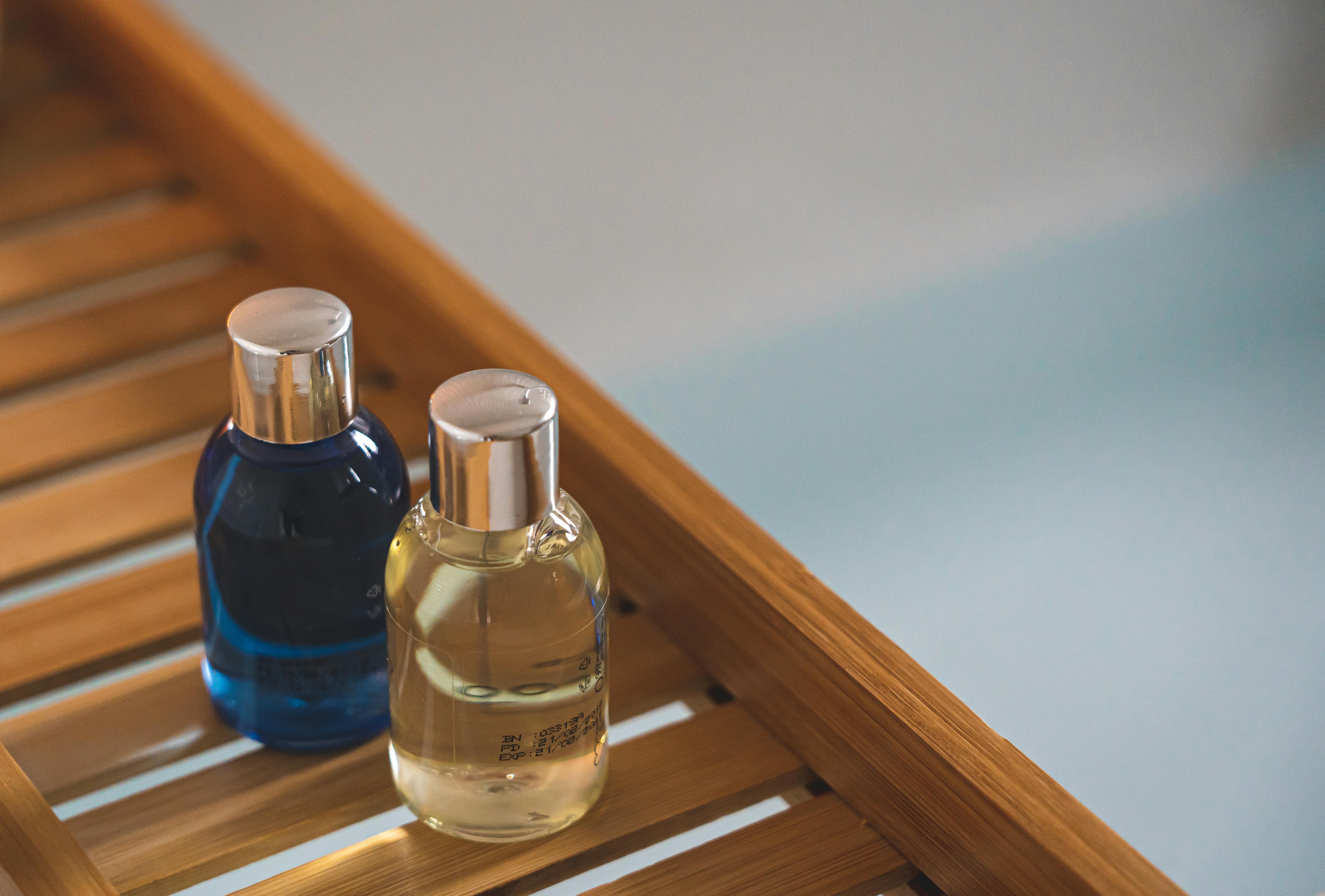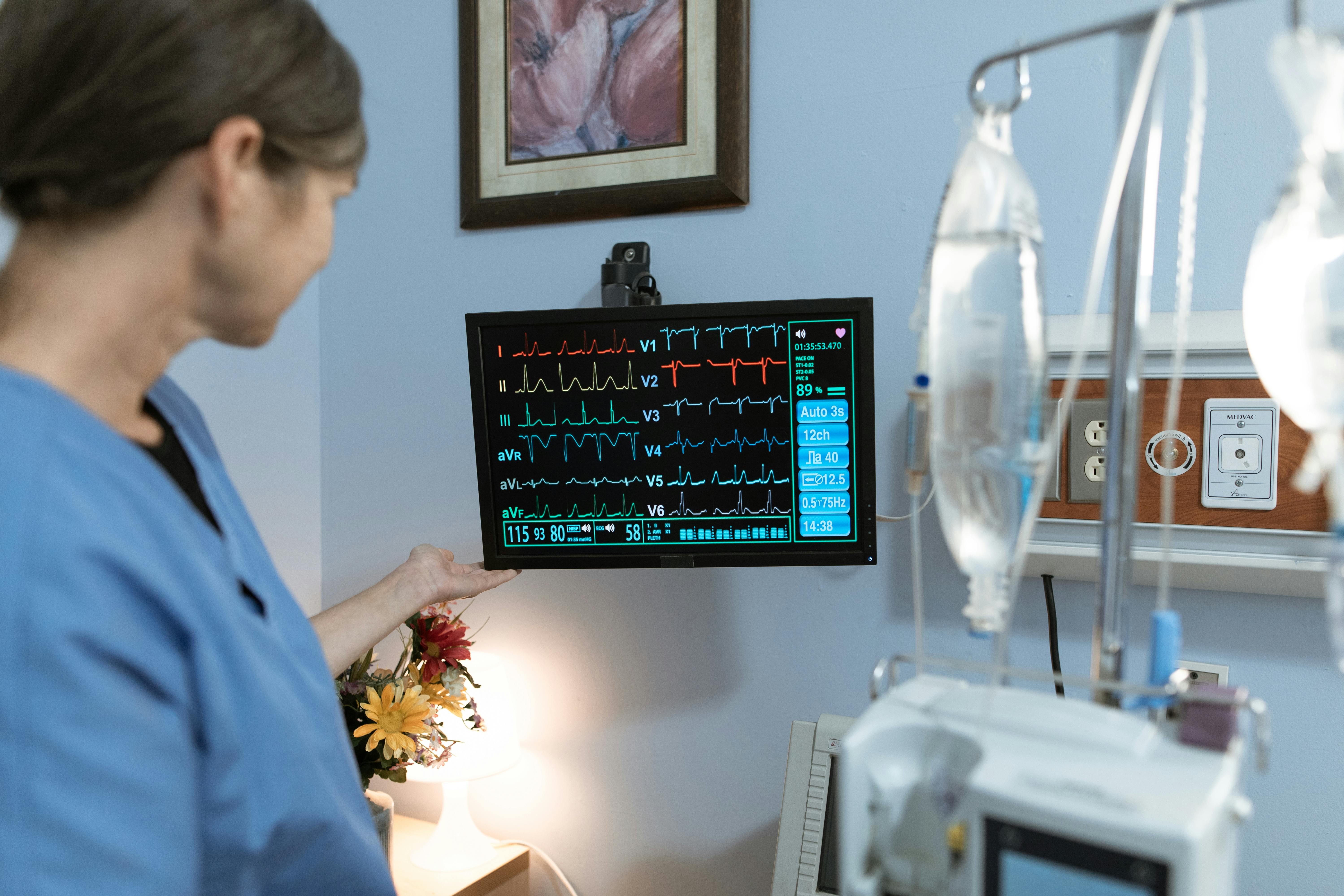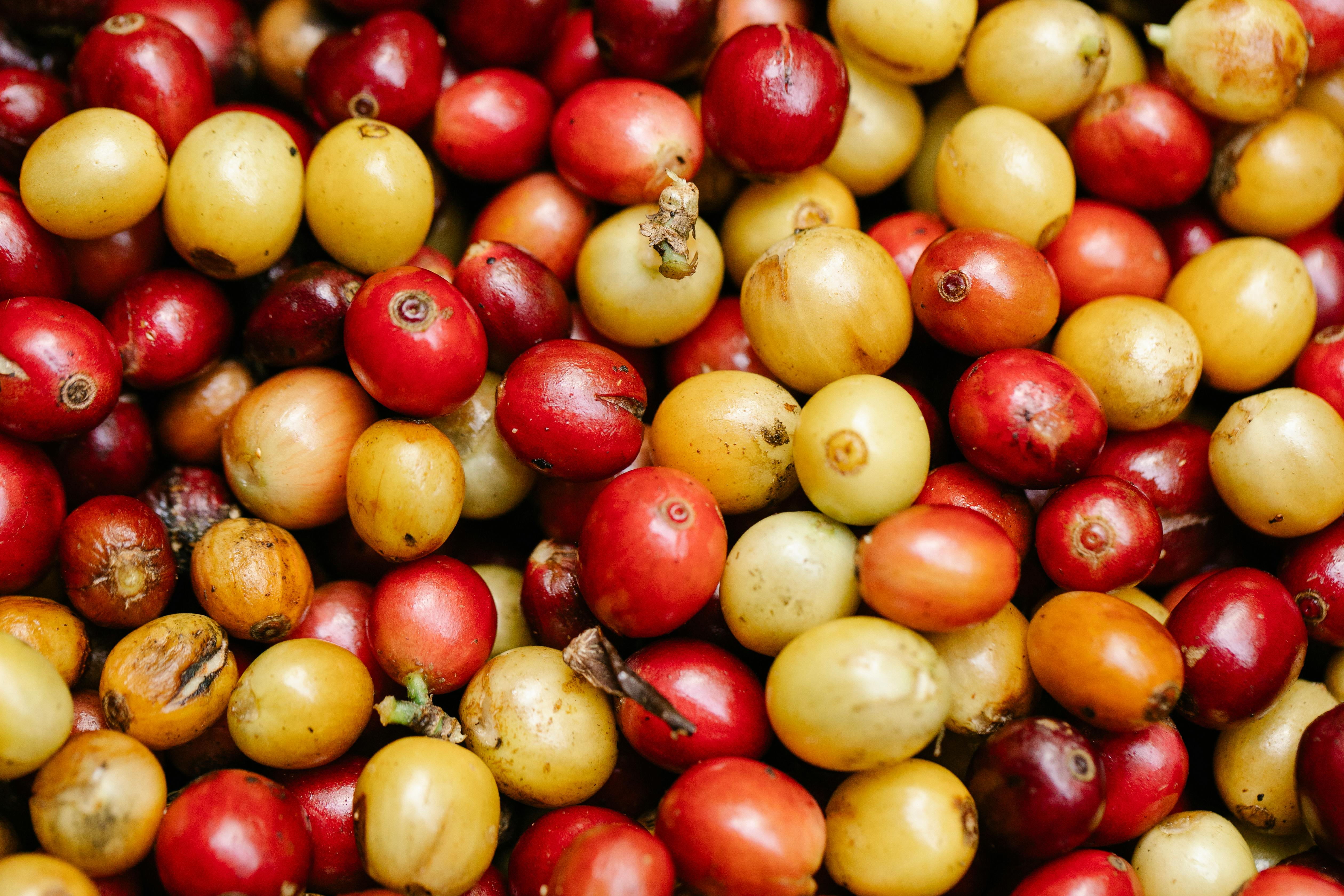Cider was America’s first drink. Not the apple juice we call cider, but real cider … hard cider. In colonial times, the water was not clean enough to drink. The fermentation process the juice must go through before it turns into hard cider kills most pathogenic bacteria. As a result, in those days there was nothing safer to drink than hard cider. Orchards became a fixture on American farms, and most contained apples that were unique to that farm.
Thanks to John Chapman and many others who planted apple tree seeds in the colonies and across the country, American-sourced apple trees emerged. The ability of apples to create many very different gene combinations contributed to the success of apples in the new world. Each apple seed is as unique as a snowflake, spawning new and limitless varieties of apples. Most of these seedling apples would eventually go the way of the buffalo. However, a small number of these chance seedlings would have the correct combination of genes that would produce large apples. These varieties were selected and propagated by farmers and horticulturists across the country. Of all the American-sourced apples, only a few are actually suitable for making great cider, which our ancestors drank from morning, noon, and night. These apples form the backbone of the list of American cider apples.
Campfield
Many cider apples are named after the farmer who found them or where they came from. This is the case with the Campfield block, as it was named after a family that lived in eastern New Jersey. According to historical writings, a 50/50 mix of Campfield and Harrison made “superior quality” cider. Campfield was also said to make great single varietal cider.
Hewe Crab
Also known as Virginia Crab, this variety was favored by some of the founding fathers, including Thomas Jefferson. In fact, a large Hewe crab plantation can still be found in Monticello. Hewe’s crab makes a very high flavor dry cider. When the first Hewe crab was born is unknown, but writings from 1817 describe trees of this variety that were already about a hundred years old.
Newtown Pippin
The Newtown Pippin is perhaps the oldest American apple, or at least the oldest on record. A single Newtown Pippin tree was found in Queens, New York in 1730. Classified as a mild bittersweet and I would add very mild, the Newtown Pippin will make a wonderful light bodied cider in its own right and is also well suited to contribute to a blend. . The Newtown Pippin apple is also one of the best apples to eat that ripens in November and does not reach its peak of flavor until it is stored for about a month.
Harrison
Of all the American apples, the Harrison story is my favorite. It was discovered around 1770 in New Jersey, and at one time it was thought to be extinct, forever lost from this land. It was rediscovered in 1976, with just enough time to remove the stems from the tree before it was cut down. After careful examination and consultation with historical descriptions of the Harrison apple … over the course of 17 years, Tom Burford, a renowned apple expert, determined that it was actually the lost apple. Fortunately for us, Harrison’s trees have spread and can be found through various sources.
Wickson crab
Unlike the varieties listed above, the Wickson crab apple was the product of an intentional breeding program. Bred by Albert Etter by crossing two crab apples and named for his friend and famous UC Davis pomologist EJ Wickson, this apple can make vintage quality cider. Wickson apples are bittersweet and tend to be high in sugar and acid, so depending on the year they may be best used to balance a low acid cider.
Where you live will determine how easy it will be to find the apples above, whether for eating or for hard cider. But if you get a chance, definitely give them a try. Your taste buds will thank you.




Recent Comments